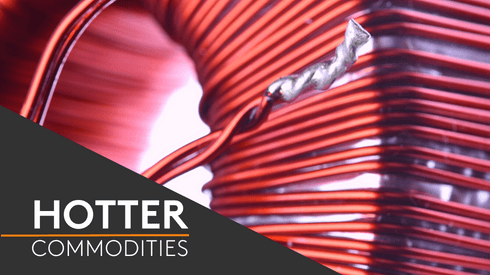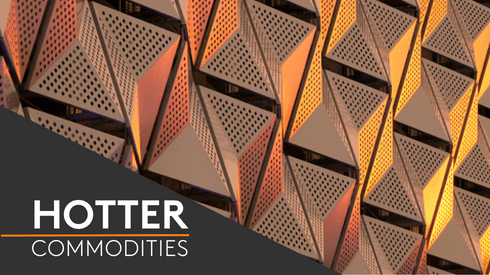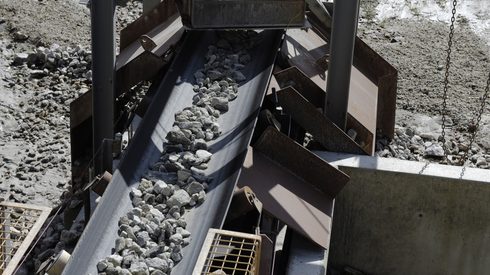Whether that ends up being a net positive remains an open question, according to panelists at the conference.
Ted Brackemyre, an associate for international trade with Wiley Trade LLP, believed that Trump meant what he has said about introducing a slew of new economic measures in his first 100 days back in office.
“The details of these policies and programs will become very important, very quickly,” Brackemyre predicted.
Trump’s statements regarding the US Inflation Reduction Act, however, might be slightly overblown, Brackemyre said.
“The president-elect campaigned on repealing it in its entirety,” he said. “I’m a little skeptical that will happen. The lion’s share of IRA clean energy, green energy funding has gone to red [Republican Party leaning] swing states.”
Trump may seek to save face, and funds in such red states that support his party, by rebranding climate initiatives as business initiatives.
“The Trump administration is not going to see these climate actions as a benefit of these programs,” Brackemyre said to Fastmarkets’ moderator and senior price reporter Alesha Alkaff. “It’ll be about reframing it in terms of industrial competitiveness.”
David Wagger, chief scientist with Recycled Materials Association, agreed, adding that the severity of the president-elect’s threatened tariffs will be the first sign to interpret.
“Tariffs are very challenging for us,” Wagger said. “Is there a threshold below which tariffs don’t create retaliatory measures? We’ll have aggressive tariff action. The question is, how measured will it be?”
Wagger was also of the opinion that climate-change programs will quickly become business improvement programs under the returning regime.
“If you’re going to decarbonize the [power] grid and do big things, you’re going to need a lot of steel for that,” he said. “It might be essential to emphasize the business aspect of it.
“If it makes business sense to do it anyway, that might be the way to frame all this,” he said. “There’s no reason not to use recycled steel to make new steel.”
Our team of senior analysts and price reporters break down the big stories and analyze the key developments happening across green steel, global scrap and low carbon raw materials markets. Visit our dedicated green steel spotlight to find out more.






